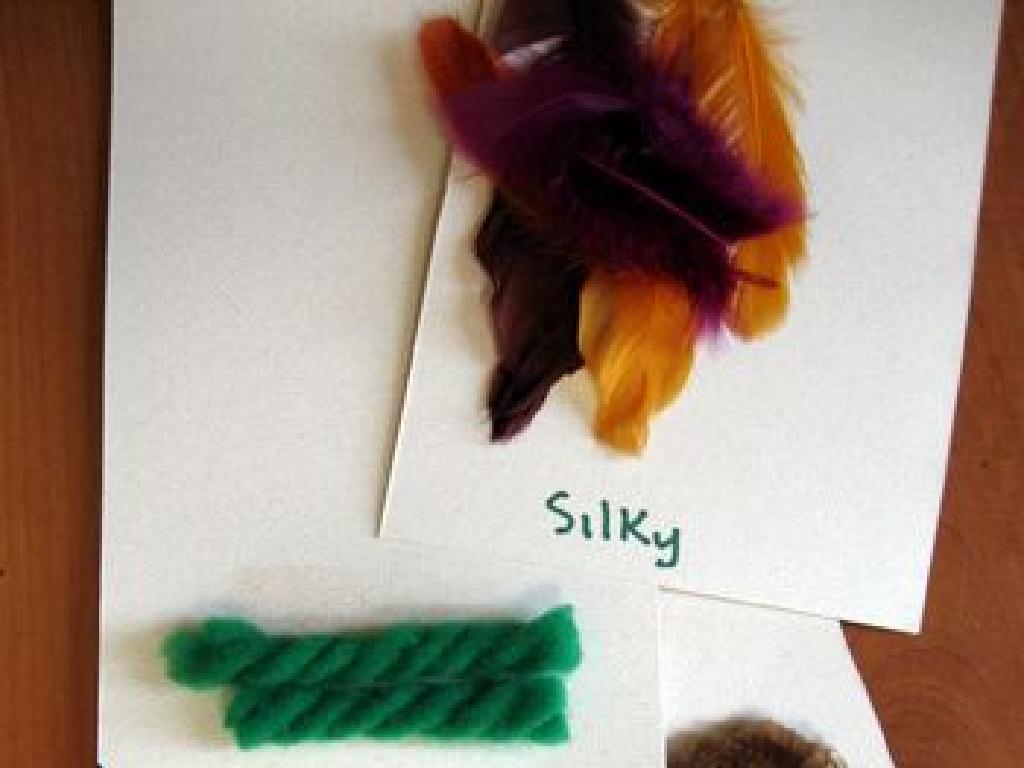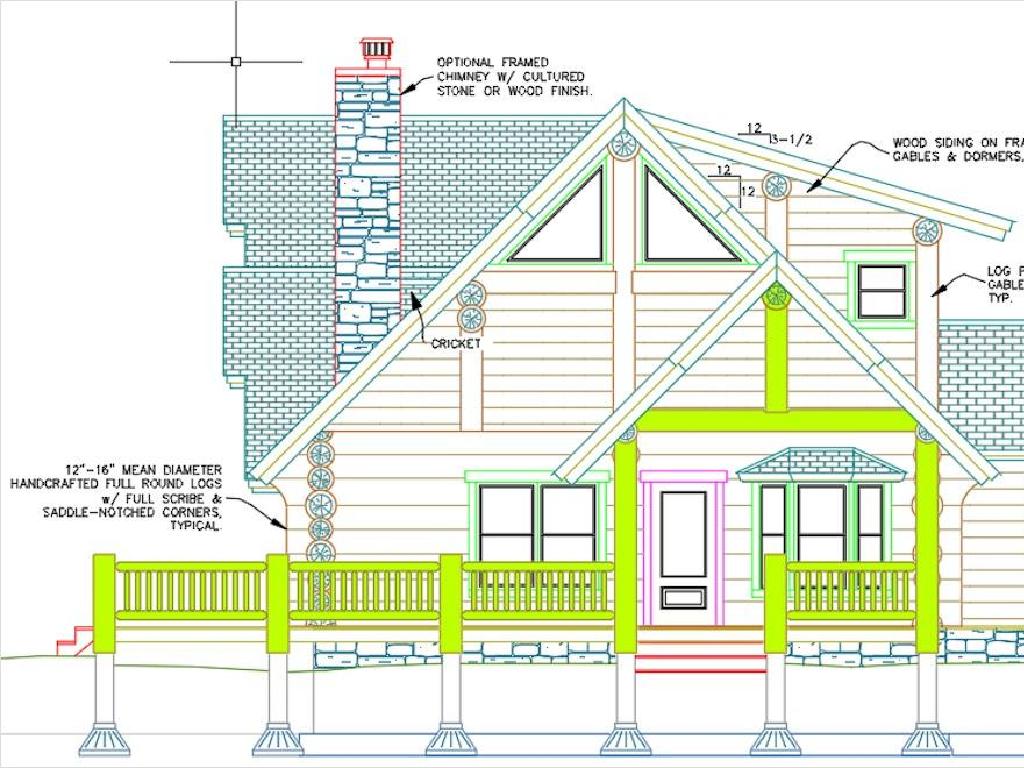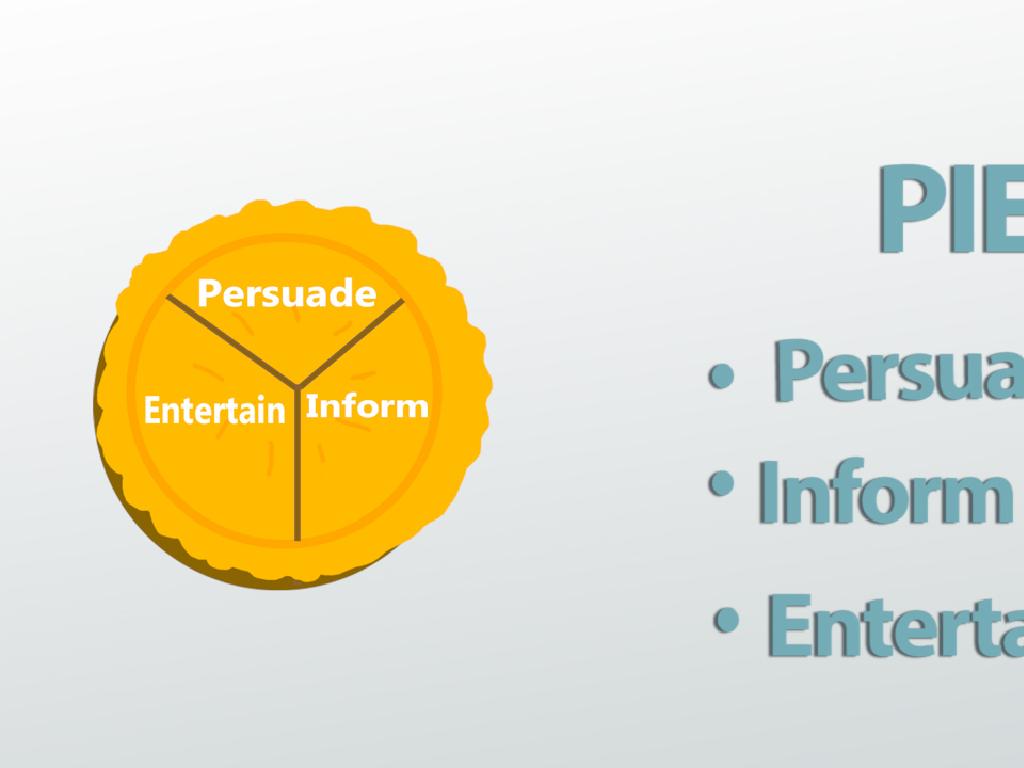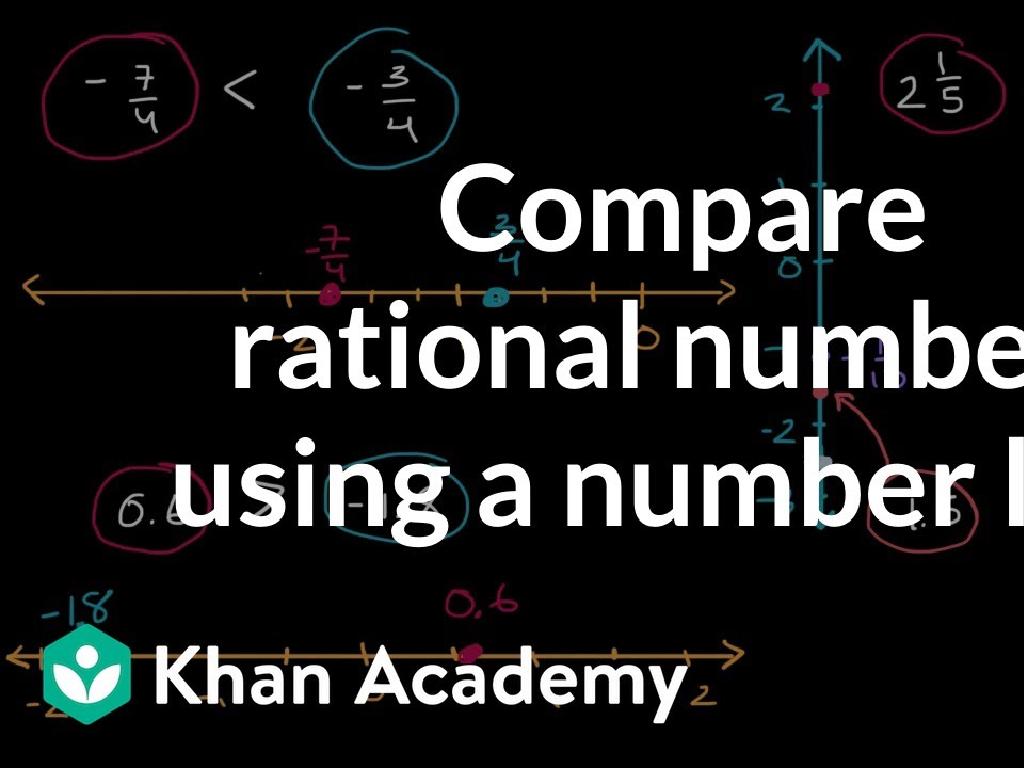Find The Area Of Figures Made Of Unit Squares
Subject: Math
Grade: Third grade
Topic: Area
Please LOG IN to download the presentation. Access is available to registered users only.
View More Content
Welcome to Area Exploration!
– Learn what ‘area’ means
– Area is the space inside a shape
– Measuring area in square units
– We use squares to measure space
– Count squares to find area
– Just like counting blocks!
– Area of different shapes
– From rectangles to complex figures
|
This slide introduces the concept of area to third-grade students. Begin by explaining that ‘area’ refers to the amount of space inside a shape. Use simple, relatable terms such as ‘how much carpet to cover the floor’ or ‘how much paper to cover a bulletin board’. Then, demonstrate how area is measured using unit squares, which can be thought of as pieces of a puzzle that fit perfectly within the shape. Show how to count these squares to find the area of simple shapes like rectangles. Extend the concept to more complex shapes by showing how they can be broken down into smaller rectangles or squares. Encourage students to visualize and practice with real-life examples and manipulatives like tiles or building blocks.
Exploring Area: How Much Space?
– Area: size of a surface
– Think of area as how much paint you need to cover a wall
– Measured in square units
– Square inches or square feet are like puzzle pieces covering a space
– Tiling a floor example
– If you were laying down tiles, how many would you need to cover the whole floor?
– Counting tiles to find area
– Practice by counting how many unit squares fit inside different shapes
|
This slide introduces the concept of area to third-grade students by relating it to familiar experiences such as painting a wall or tiling a floor. Emphasize that area is measured in square units, which can be visualized as the number of tiles needed to cover a surface without gaps or overlaps. Use real-life examples like the size of a book cover or a tabletop to make the concept relatable. Encourage students to think about different surfaces they encounter daily and how they might measure their area. Activities can include using grid paper to count unit squares inside various shapes or using tiles to cover a designated space and counting them.
Counting Square Units to Find Area
– Each square is ‘1 square unit’
– Imagine a checkerboard, each check is a square unit.
– Count squares to find area
– Just like counting apples, count all the squares inside the shape.
– Example: Count squares together
– Let’s count squares in a rectangle with 3 rows and 4 columns.
|
This slide introduces the concept of measuring area using square units. Each square within a shape represents one unit of area. To find the total area, students simply count the number of these square units. Start with simple shapes like rectangles and squares that align with the grid. Use an example such as a rectangle drawn on graph paper and count the squares with the students. Emphasize that the squares must be fully inside the shape to count. This visual and interactive approach helps solidify the concept of area for third graders. Encourage students to practice with different shapes and sizes to become comfortable with the counting method.
Finding Area by Counting Squares
– Count squares to find area
– Look inside the shape and count each square
– Only full squares count
– Half or cut-off squares don t fully count
– Practice with a rectangle
– Let s find the area of a rectangle as an example
– Each square equals one unit
– Remember, one square inside the shape is one unit of area
|
This slide is aimed at teaching third graders how to find the area of simple shapes by counting unit squares. Start by explaining that the area is the size of a surface. Show them how to count each square within the outline of a shape to determine the area, emphasizing that only completely filled squares are included in the count. Use a rectangle drawn on the board or on paper as a practice example, and count the squares together. Make sure to clarify that each square represents one unit of area. For the activity, provide various rectangles and have students count the squares to find the area, ensuring they understand that partial squares cannot be counted.
Area of Irregular Shapes
– Shapes can be irregular
– Count unit squares for area
– Each small square is 1 unit of area
– Example: L-shaped figure area
– Count the squares inside the L shape
– Practice with different shapes
– Try finding area of shapes like T, U, or plus sign
|
This slide introduces the concept of finding the area of irregular shapes by counting unit squares. Start by explaining that not all shapes are perfect rectangles or squares, but we can still determine their area. Use an L-shaped figure as an example and demonstrate how to count the unit squares within the shape to find the total area. Encourage students to practice with various irregular shapes, such as T, U, or plus sign figures, to reinforce the concept. Provide hands-on activities where students can create their own irregular shapes using graph paper and calculate the area by counting the unit squares.
Finding Area with Multiplication
– Area equals length times width
– Area is the space inside a shape. For a rectangle, multiply the sides.
– Multiplication as a shortcut
– Instead of counting squares one by one, we can use multiplication to find area quickly.
– Practice with rectangle examples
– Let’s try finding the area for rectangles of different sizes together.
– Understand area of unit squares
– Unit squares are 1×1 squares used to measure area. We count how many fit inside a rectangle.
|
This slide introduces the concept of finding the area of rectangles using multiplication, which is a more efficient method than counting unit squares one by one. Start by explaining that area is the amount of space inside a shape and can be calculated by multiplying the length by the width for rectangles. Provide several examples of rectangles with different lengths and widths, and solve for the area together. Emphasize that each unit square represents one square unit of area, and multiplication helps us find the total number of these squares without counting each individually. Encourage students to visualize the rectangle being filled with unit squares to understand how multiplication relates to the concept of area. Activities can include using grid paper to draw rectangles and calculate their areas or using manipulatives to build rectangles and then multiply to find the area.
Class Activity: Create Your Shape!
– Make a shape on grid paper
– Count the squares for area
– Each square on the grid is one unit of area
– Share your shape with the class
– Tell us how many units your shape covers
|
This activity is designed to help students understand the concept of area by creating their own shapes using grid paper. Each student will use the grid to draw a unique shape, ensuring that the sides of the shape align with the grid lines. After they have created their shape, they will count the number of unit squares inside the shape to determine the area. Encourage students to think creatively and come up with different shapes. Once they have found the area, each student will have the opportunity to present their shape and explain how they calculated the area to the class. For the teacher: Prepare grid paper for each student and assist them in counting if they find it challenging. Have additional activities ready for fast finishers, such as challenging them to create a shape with a specific area or comparing areas of different shapes with their peers.
Review: Understanding Area
– Recap: What is area?
Area is the space inside a shape, measured in square units.
– Importance of knowing area
Knowing area helps in real life, like for buying carpet for your room.
– Open floor for questions
– Share your thoughts!
|
This slide aims to consolidate the day’s learning about the concept of area. Start by asking the students to define area in their own words to assess their understanding. Discuss the practical applications of knowing how to calculate area, such as in home improvement projects or when planning a garden. Open the floor to questions, allowing students to clarify any doubts. Encourage them to share any insights or realizations they’ve had during the lesson. This interactive session will help reinforce their knowledge and ensure they grasp the importance of the concept of area in both mathematical and everyday contexts.
Homework Challenge: Exploring Area with Home Items
– Find 3 household items
– Draw shapes on grid paper
– Use squares on the grid to outline items
– Calculate each item’s area
– Count the full squares inside the shape for the area
– Discuss your findings in class
|
This homework task is designed to help students apply their understanding of area to real-world objects. Students should select three items from around their home, such as a book, a cereal box, or a tablet, and draw their outlines on grid paper. They will then calculate the area of each item by counting the number of full unit squares within the outline. Encourage students to think about different shapes and sizes and how they can break down irregular shapes into smaller squares or rectangles. In the next class, students will share their process and findings, which will reinforce their learning and allow them to see how their peers approached the task. Provide examples of how to count partial squares if necessary and remind them that the area is measured in square units.






